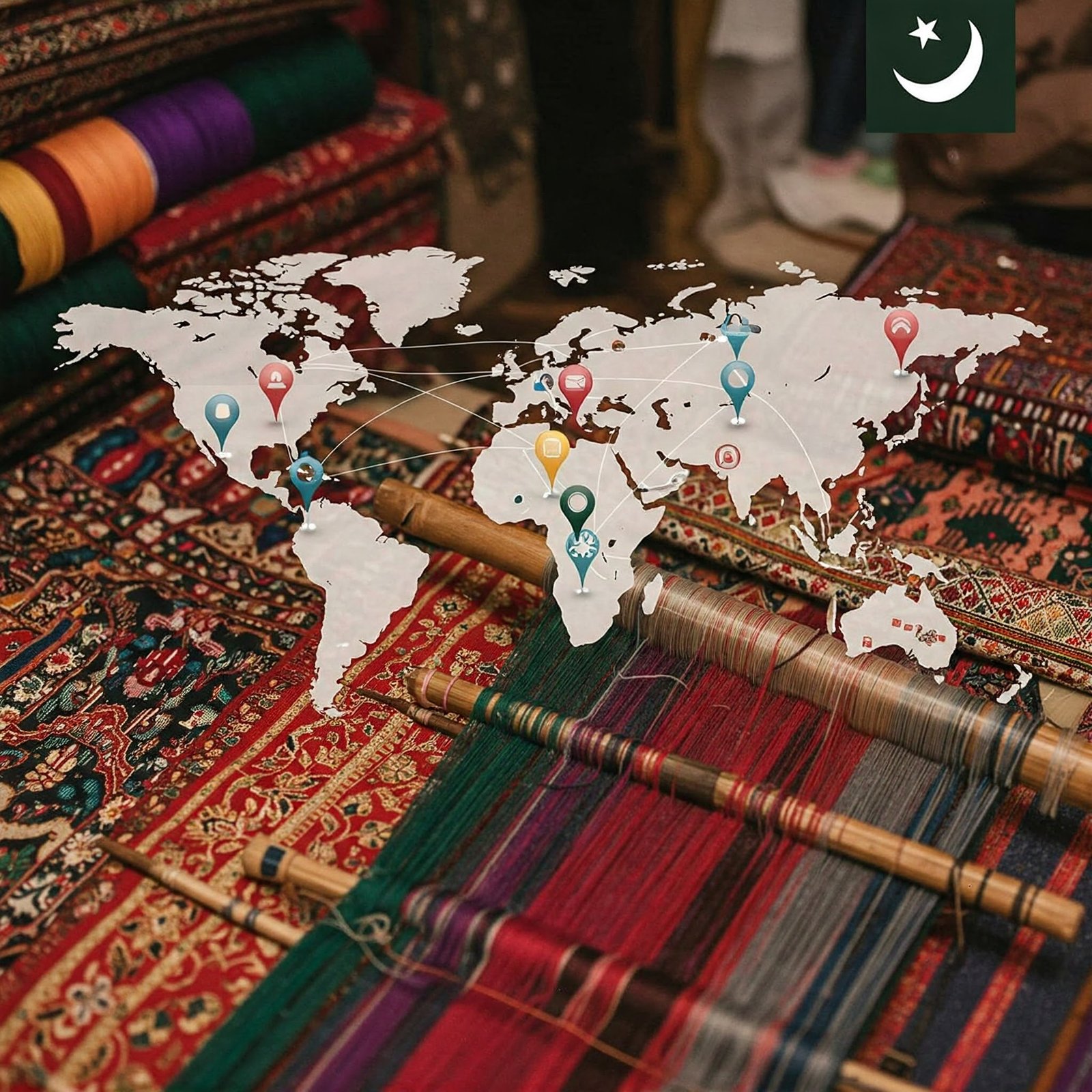Pakistan’s textile industry boasts a rich heritage and holds significant potential in the global market. With its skilled labor force, competitive production costs, and diverse product range, the country is well-positioned to cater to the demands of international buyers. This article explores key strategies for textile businesses in Pakistan looking to expand their reach and unlock global opportunities through exports.
1. Market Research and Target Identification:
- Identify potential markets: Conduct thorough market research to identify countries with high demand for your textile products. Consider factors like consumer preferences, import regulations, and competitive landscape.
- Analyze market trends: Stay informed about the latest trends in the global textile industry, such as sustainable and ethical sourcing, innovative fabrics, and fast fashion.
- Target specific customer segments: Identify your ideal customer profile in each target market, considering factors like demographics, lifestyle, and purchasing behavior.
2. Product Development and Adaptation:
- Develop export-worthy products: Ensure your products meet international quality standards and comply with relevant safety regulations.
- Adapt products to target markets: Consider customizing your products to meet the specific needs and preferences of each target market, such as incorporating local designs or cultural elements.
- Competitive pricing: Develop a competitive pricing strategy that considers production costs, shipping expenses, and market prices.
3. Logistics and Supply Chain Management:
- Efficient logistics: Establish a reliable and efficient logistics network to ensure timely delivery of your products to international buyers.
- Secure transportation: Choose reliable freight forwarders and shipping companies to transport your goods safely and securely.
- Proper documentation: Ensure all export documentation is complete and accurate to avoid delays and penalties at customs.
4. Marketing and Promotion:
- Build an online presence: Create a professional website and utilize digital marketing channels to reach international buyers.
- Participate in trade shows: Attend international trade shows and exhibitions to showcase your products and connect with potential buyers.
- Networking and partnerships: Build relationships with international distributors, agents, and retailers to expand your market reach.
5. Compliance and Regulations:
- Understand export regulations: Familiarize yourself with Pakistan’s export regulations and the import regulations of your target markets.
- Obtain necessary licenses and permits: Ensure you have all the required licenses and permits for exporting your textile products.
- Comply with labeling and packaging requirements: Adhere to international labeling and packaging standards to avoid issues at customs.
Siddiqui Enterprises Can Help:
Navigating the complexities of international trade can be challenging. Siddiqui Enterprises offers expert import and export facilitation services to help textile businesses expand into global markets. Our team can assist with:
- Market research and analysis
- Export strategy development
- Logistics and documentation
- Compliance and regulations
Contact us today to learn more about how we can support your textile export journey.
Disclaimer: This article is intended for general information purposes only and does not constitute professional export advice. It is essential to consult with a qualified expert for specific guidance related to your textile export business.

